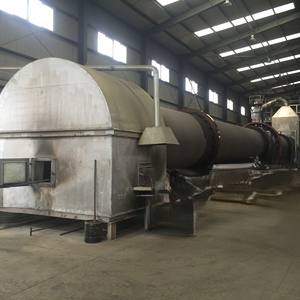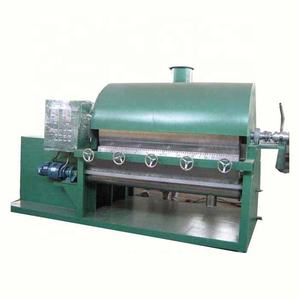Determining the absolute single biggest heavy machinery operation is complex, as “biggest” can be interpreted through various lenses: physical size, weight capacity, energy consumption, sheer power output, or the scale of the project it enables. However, several contenders consistently dominate discussions within the heavy machinery and civil engineering sectors, each representing the pinnacle of engineering achievement in their respective domains.
(What Is The Biggest Heavy Machinery Operation )
One primary candidate is the Bucket-Wheel Excavator (BWE), specifically the colossal machines employed in large-scale open-pit mining operations, particularly lignite coal mining in Germany. Machines like the Bagger 288 and Bagger 293 are engineering marvels. Standing over 300 feet tall and weighing upwards of 13,500 tons, they dwarf almost all other mobile land-based equipment. Their defining feature is the massive rotating wheel, studded with buckets, capable of moving over 240,000 cubic meters of overburden (earth and rock covering the coal seam) per day. This equates to excavating a volume equivalent to a football field dug down over 30 meters deep in a single 24-hour period. The scale of earth movement is unparalleled by any other single machine. Their operation requires immense power, often drawn directly from the high-voltage grid through trailing cables, and sophisticated control systems to manage their complex kinematics and stability on shifting ground.
Another strong contender for the title, focusing on lifting capacity and height, is the Ultra-Large Container Ship-to-Shore (STS) Gantry Crane. Modern ports handling the world’s largest container vessels (Ultra Large Container Vessels or ULCVs) deploy cranes of staggering proportions. These cranes tower over 450 feet above the wharf, with booms reaching out over 230 feet beyond the waterside rail. Their lifting capacity, often exceeding 100 tons under spreader, allows them to handle multiple 40-foot containers simultaneously. The operational scale here is defined by the height and reach required to service vessels stacked 25 containers high and 24 containers wide, moving thousands of containers daily per crane with precise, automated efficiency. The sheer scale of the infrastructure they interface with and the tonnage they hoist daily is immense.
For pure earthmoving power concentrated in a single machine, the Ultra-Class Hydraulic Mining Shovel is a key player. Machines like the Caterpillar 6090 FS or Komatsu PC8000 boast bucket capacities exceeding 50 cubic meters. A single scoop can lift over 100 tons of material. These shovels are the primary loading tools in massive open-pit mines for copper, iron ore, and oil sands. Their brute force, combined with precision control, enables the efficient loading of ultra-class haul trucks (themselves weighing hundreds of tons empty) in just a few passes. The energy density and hydraulic power required to drive these buckets through dense rock or frozen overburden represent the cutting edge of mobile equipment power systems.
Beyond excavation and lifting, the Self-Propelled Modular Transporter (SPMT) represents “biggest” in terms of coordinated load movement. While individual modules may seem modest, these multi-axle, computer-synchronized platforms can be combined into configurations with hundreds of axles. The world record lifts involve SPMT configurations moving structures weighing over 20,000 tons – equivalent to moving entire offshore platform topsides, refinery modules, or large bridge sections. The operational complexity of synchronizing the steering, suspension, and propulsion of potentially hundreds of wheels under extreme, unevenly distributed loads is a monumental feat of control engineering and represents the pinnacle of heavy transport operations.
(What Is The Biggest Heavy Machinery Operation )
Therefore, declaring one single “biggest” operation depends heavily on the defining metric. If sheer volume of earth moved per day by a single machine is the criterion, the Bucket-Wheel Excavator reigns supreme. If the metric is lifting height and capacity combined with daily throughput in a high-volume logistics chain, the Ultra-Large STS Gantry Crane is unmatched. For concentrated digging force and bucket capacity, the Ultra-Class Hydraulic Shovel dominates. Finally, for the coordinated movement of the single heaviest loads over land, SPMT systems achieve the seemingly impossible. Each of these operations represents the absolute zenith of heavy machinery engineering, pushing the boundaries of physics, materials science, and control systems to enable the massive infrastructure projects and resource extraction essential to the modern world. Their scale and power remain awe-inspiring testaments to mechanical engineering ingenuity.


